Tutorials
Each tutorial is like a self-contained lesson, explaining a specific aspect of Mu so you have the skills needed to achieve your learning and coding goals. Most of all, they're written to be both educational and entertaining.

Start Here!
All the basics you need to know to get started and help with first steps in using Mu. If you only read one thing, make it this!
Read Level: SUPER EASY

Using Modes
What are modes? How are they used in Mu? We show how modes help you make all sorts of fun and awesome projects.
Read Level: SUPER EASY

Where are my Files?
Mu stores all your code in a special folder so it's always in the right place. This tutorial explains where and how to find it.
Read Level: SUPER EASY

Adafruit Boards and Mu
Adafruit make amazing gizmos, circuit boards and mini-computers that run CircuitPython. This tutorial explains how it all works with Mu.
Read Level: EASY
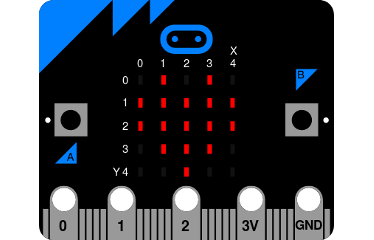
Mu and micro:bit
The BBC micro:bit is a small thingamajig with buttons, lights and sensors. This tutorial shows how to use MicroPython to program it with Mu.
Read Level: EASY
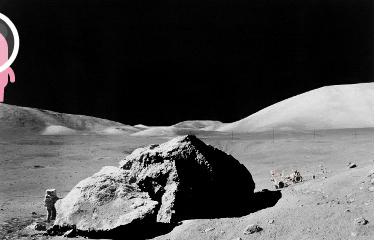
Games with Pygame Zero
Writing computer games is super easy and lots of fun with the amazing Pygame Zero and Mu. This tutorial gets you started.
Read Level: EASY

Create Web Applications
Everyone uses websites like Google, Amazon, Facebook and Twitter. This tutorial shows you how to create your own site with Mu and Python.
Read Level: EASY
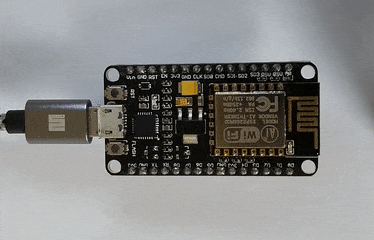
MicroPython on ESP
ESP8266 and ESP32 boards are small, cheap and connect to the Internet. Both run MicroPython and work well with Mu.
Read Level: EASY
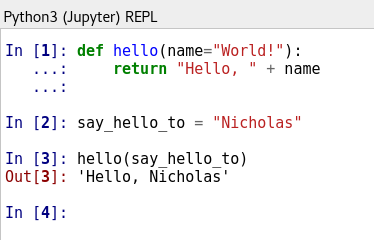
What is a REPL?
A REPL (Read, Evaluate, Print, Loop) is a super powerful way to talk directly with your computer in Python code. This tutorial shows you how.
Read Level: INTERMEDIATE

The Visual Debugger
The debugger lets you run Python3 code, stop it while it's running, look at the state of your program and step through the code one line at a time.
Read Level: INTERMEDIATE
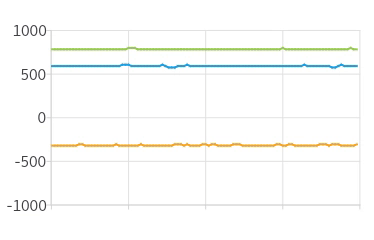
Plotting Data with Mu
Programs generate data. Data can be plotted in ways that make it easy to understand. This tutorial explains how Mu's simple built-in plotter works.
Read Level: INTERMEDIATE

Install Python Packages
Python has a HUGE number of packages of useful reusable code. This tutorial explains how to install them with Mu via the Python Package Index (PyPI).
Read Level: INTERMEDIATE

Keyboard Shortcuts
All the features of Mu can be activated with a keyboard shortcut so you don't need to move your hands from the keyboard to move a mouse.
Read Level: ADVANCED(ish)

Log Files and Configuration
Log files are a way to discover what Mu is doing in case anything goes wrong. It's also possible to configure some of Mu's behaviour.
Read Level: ADVANCED(ish)

I've Found a Problem
As you'll see, computers mostly don't work. This tutorial shows you what to do with Mu when your code fails or, shock/horror, if Mu breaks.
Read Level: ADVANCED(ish)

Advanced Configuration
If you need greater control of the way Mu behaves or you'd like to change some of the default settings, this tutorial explains the easy steps involved.
Read Level: ADVANCED(ish)

Moving on from Mu
Mu helps you get started, but there will come a time when you will outgrow it. This tutorial explains your potential next steps.
Read Level: ADVANCED(ish)

